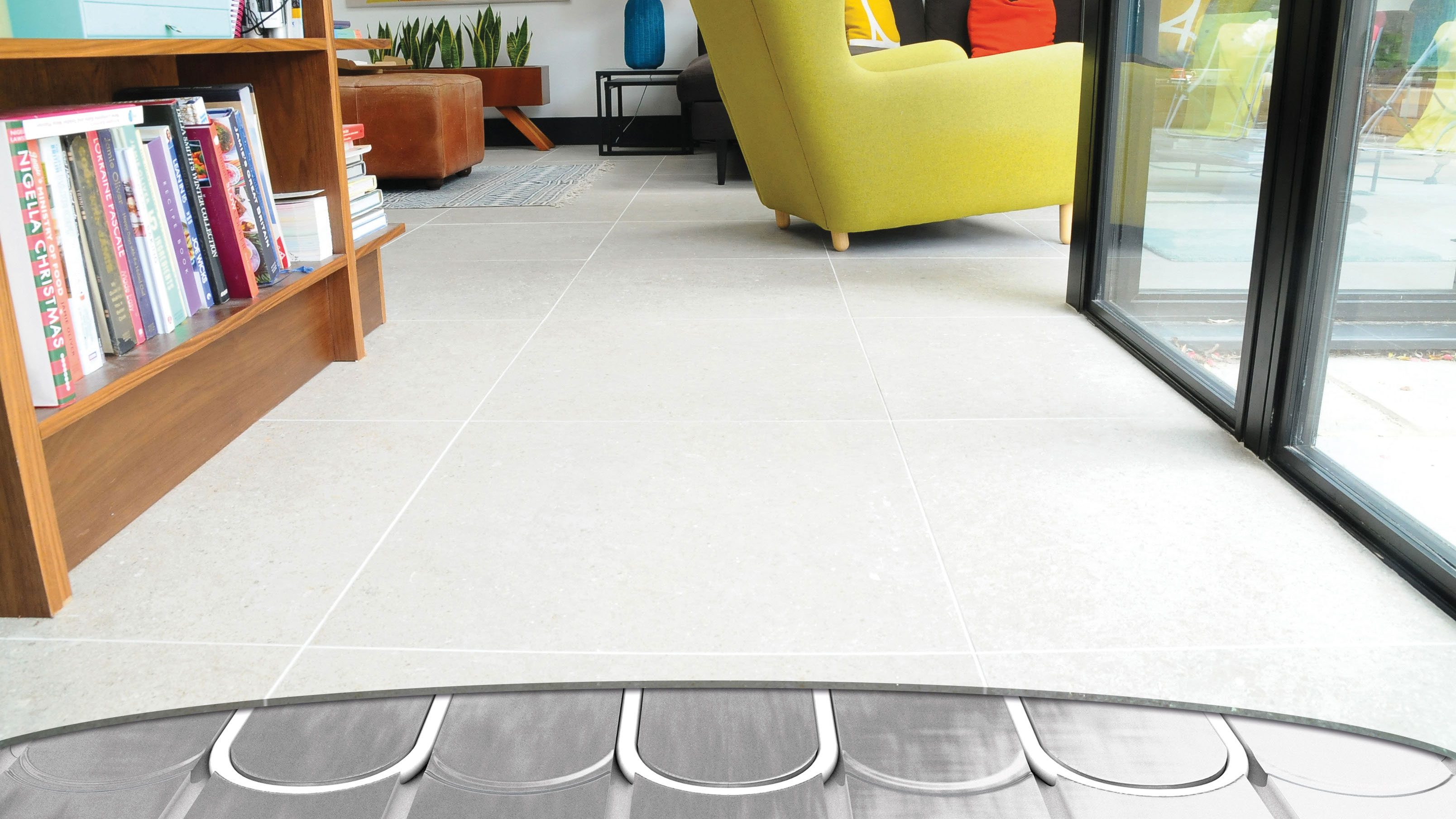
Underfloor heating (UFH) is now seen as less of a luxury and more of a must-have compared to even just a few years ago. However, if you are considering buying a system for your home, you should be aware that there are important things you need to know before installing underfloor heating.
As one of the best ways to keep a house warm, underfloor heating is a dream for many households. However, similar to things you need to know before buying a log burner, it pays to ensure you know everything involved with the process of investing in and installing one of these smart heating systems.
If you are keen to avoid any home renovation mistakes, before getting too excited about all the benefits of underfloor heating take a look at our expert advice below to get the best results.
What you need to know before installing underfloor heating
"Underfloor heating is not a one-size-fits-all solution," says Alan Houghton, one of the managing directors at Next Level Underfloor Heating And Screed Solutions. "There are areas where it won't be the best choice, for example in badly-insulated spaces or if you plan on fitting thick, insulating floor coverings."
Below is what the experts want you to know if you're considering installing underfloor heating.
1. You can choose between a 'wet' or 'dry' system
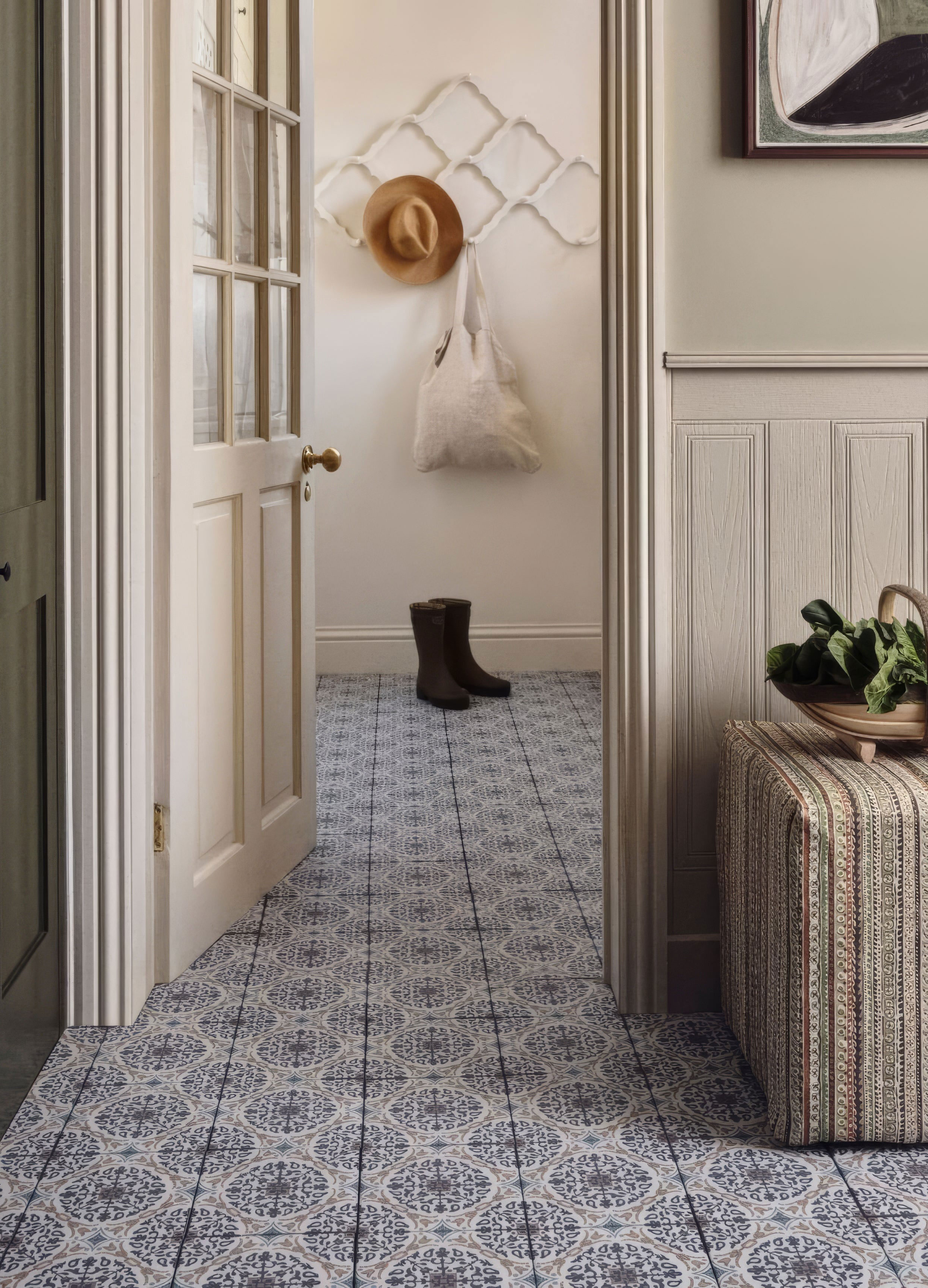
Firstly, underfloor heating systems can, broadly, be split into two categories: wet (or water-based) and dry (electric).
Electric systems are usually made up of thin mats or wires that won't affect floor levels too much. These are installed under your floor covering. The wires heat up when you switch them on and warm up the surface of your floor.
"Electric systems are easier and more affordable to install, particularly for existing homes," says Gordon Chalk of Next Level Underfloor Heating And Screed Solutions. "However, they are also more expensive to run. Electric systems are best for small areas of the home or when used as a secondary heating source." If you are looking for small laundry room ideas, electric UFH could be just the thing.
Wet systems are a great choice for those building from scratch, extending or carrying out extensive renovation work that might involve the floor being dug up anyway.
"Water-based systems require extensive installation work (including a properly insulated floor screed,)" explains Gordon Chalk. A water-based system is made up of a series of pipes set within a floor screed. The pipes are filled with warm water, which can run off a boiler or heat pump.

RRP: From £31.99 | If you want an easy and less disruptive way to fit underfloor heating into your home then this electric mat kit is perfect. It works under tiles, ceramic, porcelain and stone floors particularly well. The kit comes with a self-adhesive fibreglass mesh with a thin heating cable contained within and is simple to set up.
2. Choose the right system for your home
Underfloor heating is not the kind of thing you can just buy off-the-shelf with no prior research. There are lots of different systems, manufacturers and suppliers and, if you want to make sure you are installing the best product for you and avoid any simple heating errors, some investigation will be necessary.
"Conduct thorough research on the various systems available to determine which one suits your property best," advises Tom Edmunds, heating expert and general manager at Wunda Group.
"There is no longer a reason to specify a system that requires pre-heating hours in advance or to continually burn energy to keep them 'topped up,'" continues Tom. "Instead, opt for a quick-responding system, which delivers heat efficiently and only when you need it, saving energy, cost and time, all while enhancing comfort."
3. You might need to upgrade your insulation
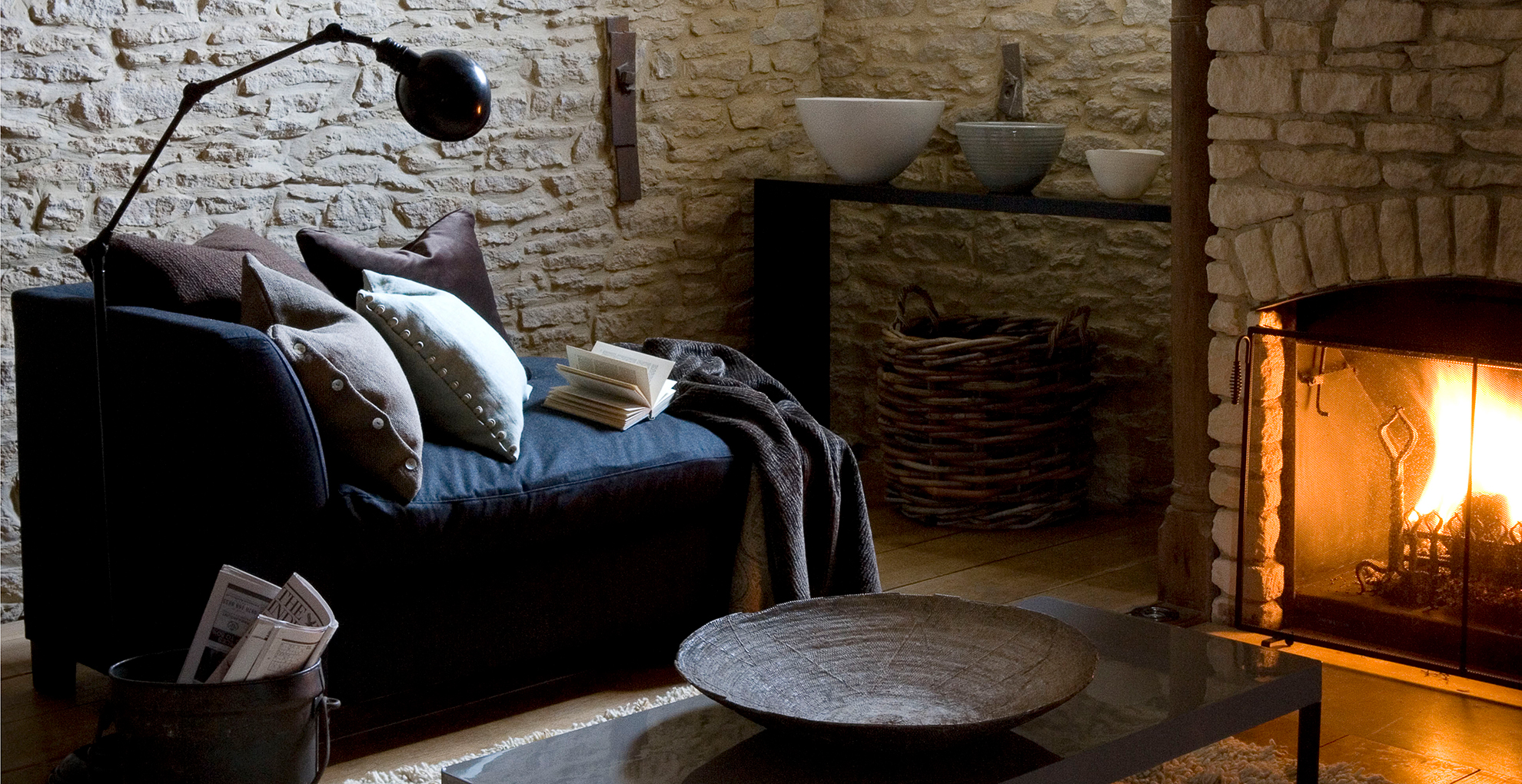
If you live in an older house or the insulation isn't quite up to scratch in your home, this will need to be addressed before installing an underfloor heating system.
"Proper insulation is vital for any heating system to perform at its best," explains Tom Edmunds. "Assess your property’s suitability for low-temperature floor heating. Older properties should have appropriate loft insulation, double glazing, and be reasonably airtight. Address issues such as drafty doors, sash windows that leak air, or disused open fireplaces that draw out heat, as these can all affect the efficiency of your heating system."
There are lots of easy ways you can draught-proof an older house, from fitting new weatherstripping around windows and doors to hanging thermal curtains and blinds — and if you are looking at how to prevent condensation on windows you should also get results by doing this. Draught excluders, placed beneath doors, can also really help here.
Draught-proofing essentials
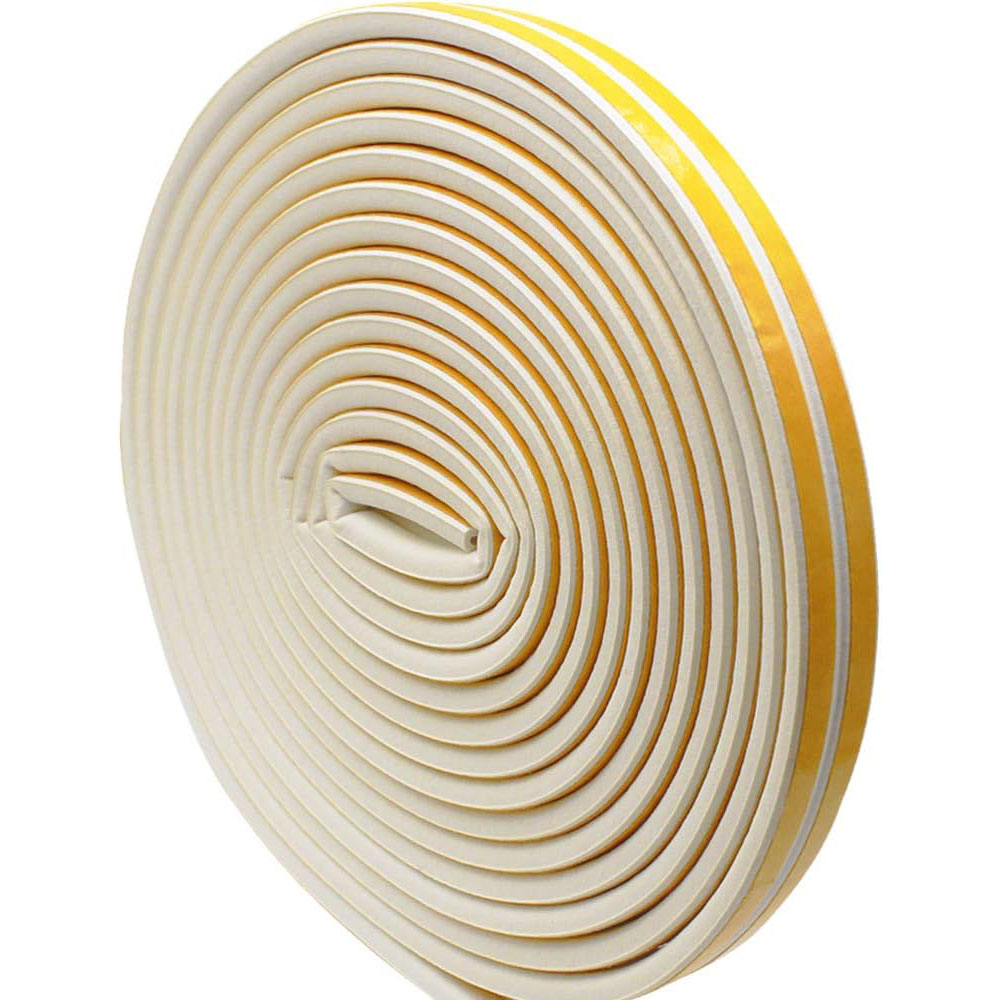
RRP: £5.59 | This self-adhesive weatherstripping tape is perfect for use around windows and doors and will help with pesky draughts. It can be cut to size and won't interfere with the way in which your windows close. Another bonus is that it should also help with soundproofing — as well as preventing rattling.
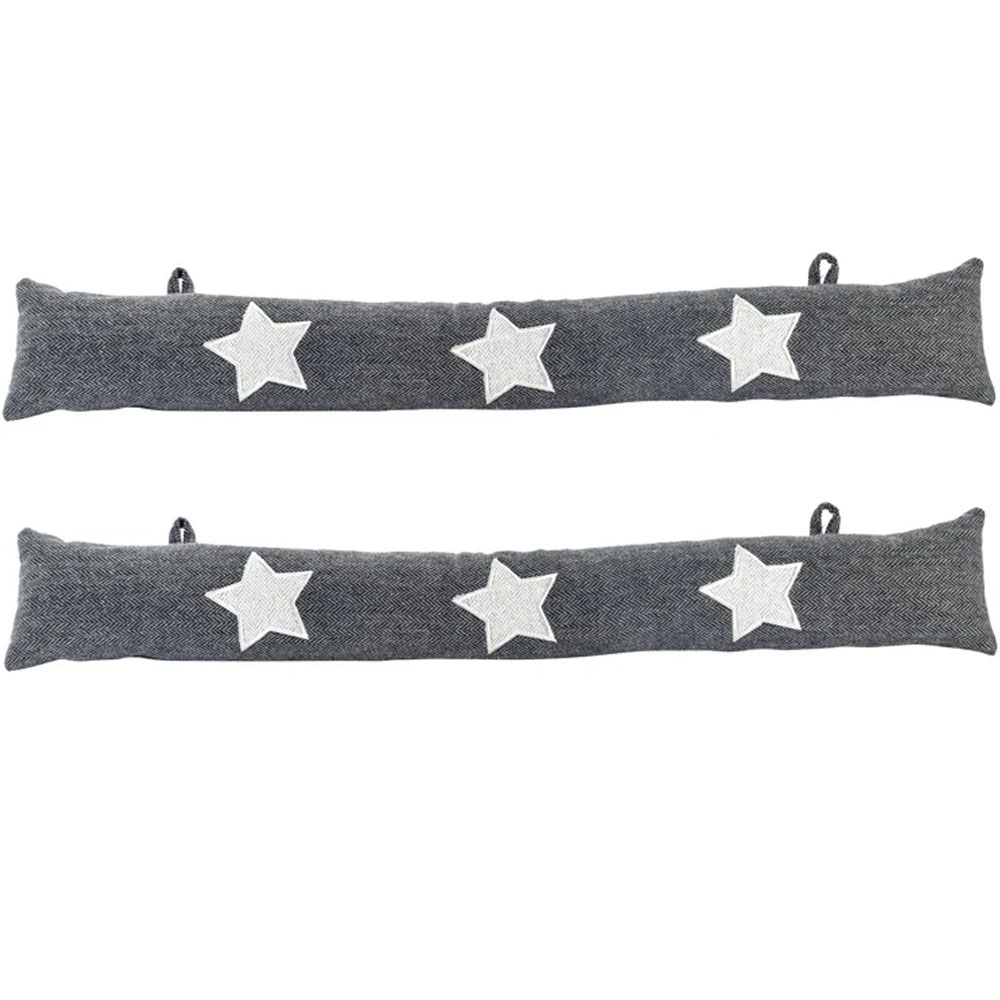
RRP: £16.99 | This pretty pair of draught-excluders will not only add something decor-wise to your space, but they are also brilliant at blocking out cold breezes. Each excluder measures 79cm, making them ideal for most standard-sized doors. The handy loops help to keep them in place.
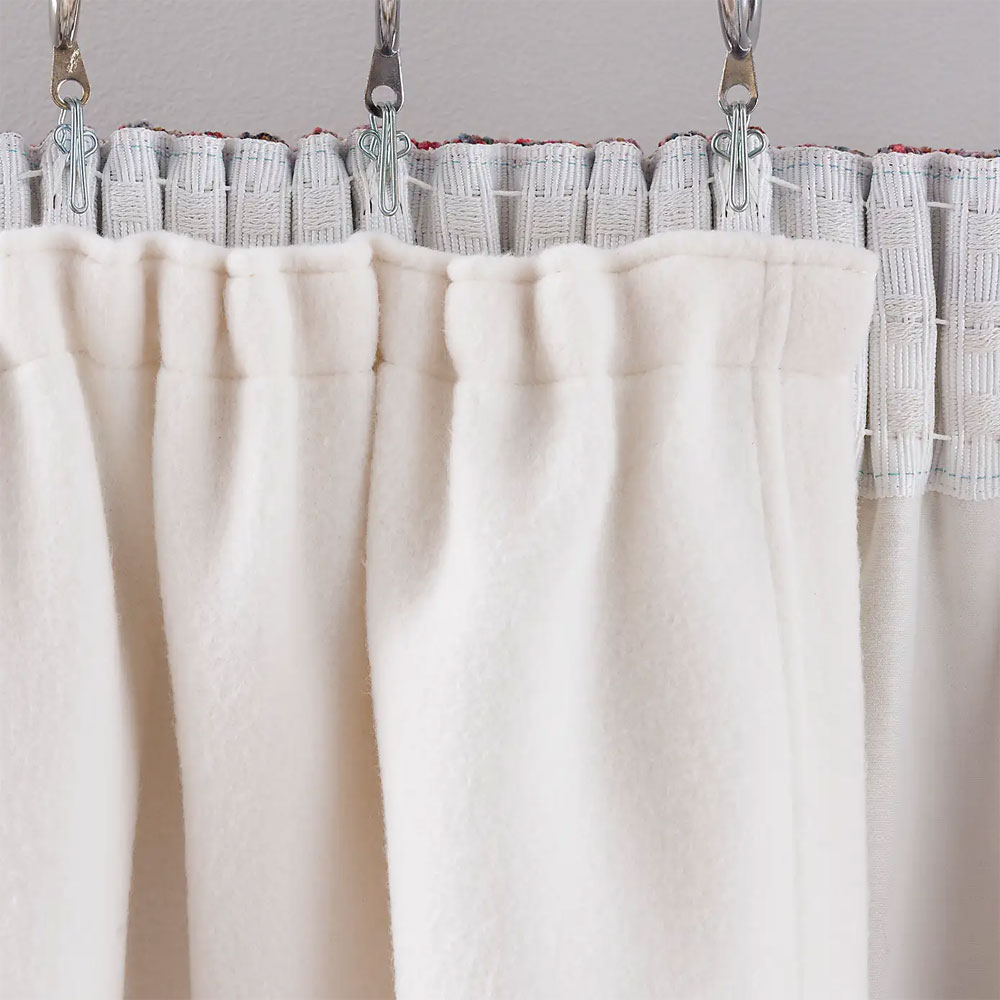
RRP: From £20.00 | These fleecy thermal curtain linings are designed to fit snugly against your curtain track and will transform your existing window dressings into super-insulated coverings. They will banish draughts and can also help block out unwanted noise. Watch your heating bills shrink.
4. Retrofitting is an option
If you had thought that it would be too disruptive or expensive to fit underfloor heating then you might like to reconsider. In some cases, this can actually be one of those budget home improvements that add value.
If you are worried about floor levels being affected too much, bear in mind that there are electric systems out there that are less than 2mm thick — plus it is usually possible to install them without digging up your existing floor.
"In retrofit scenarios or later-stage projects, it's crucial to thoroughly understand the system you’re choosing, especially its fitting and installation methods," says Tom Edmunds. "Some systems, such as our Rapid Response underfloor heating, are designed to perfectly accommodate retrofitting, ideal for either a final fix or DIY solution that DIY savvy homeowners can, in part, fit, saving valuable time and money.
5. Professional installation is safer
While many homeowners consider fitting their underfloor heating on a DIY basis, this can be a mistake – particularly if you haven't purchased an electric kit system specifically designed for DIY installation.
"While it might be tempting to try and construct your own underfloor heating system with components and parts from different brands and suppliers, you might not have the support you need or want further down the line," explains Tom Edmunds. "If anything were to go wrong, it is often easier to deal with one company who can support, troubleshoot and diagnose the whole system rather than the single part they supplied."
6. Patience is key to a successful system
Wondering when you should turn your heating on? As with so many things in life, you have to wait a little while before enjoying the full benefits of an underfloor heating system.
"Once the system is installed, it’s essential to introduce warm water gradually," explains Tom Edmunds. "Ensure your manifold has a temperature blending mixer, which allows you to adjust the water temperature entering the floor heating system.
"Start with the mixer fully shut, set room sensors to call for heat, and slowly open the mixer, giving time for the water temperature to adjust and settle," continues Tom. "Gradually increase the flow temperature into the manifold to suit your system. For a rapid response over-floor system, the manifold temperature could be as low as 30°C to 45°C, depending on your property’s insulation and floor finishes."
7. Not all types of flooring are UFH compatible
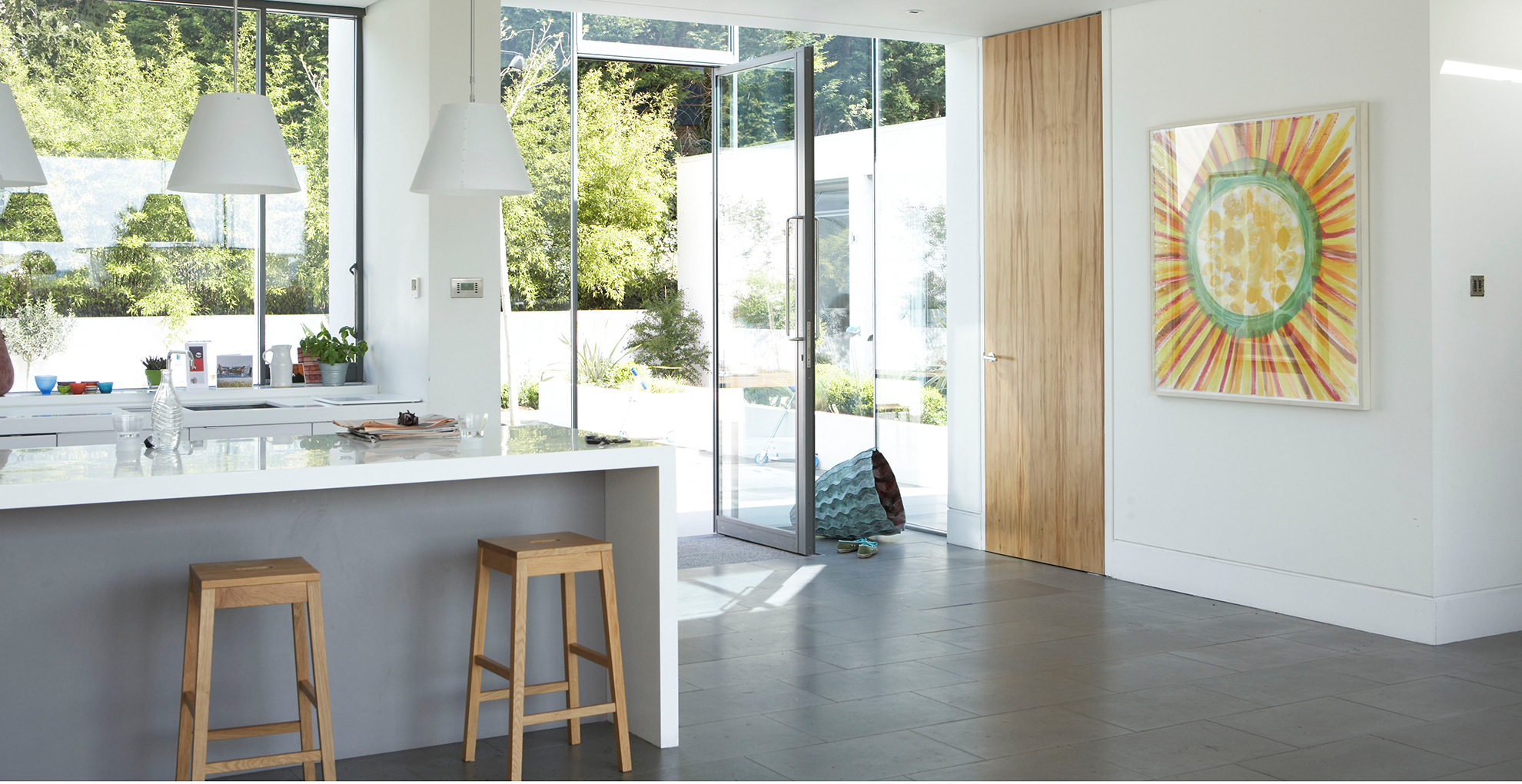
You really need to be aware that underfloor heating is not suitable with every type of floor covering so don't just follow the latest flooring trends. You might find that the thick-pile carpet you had your heart set on won't be the best option.
"The best flooring for use with UFH is types with good thermal conductivity," explains Alan Houghton. "Tiles, stone and engineered wood will all allow heat to pass through effectively."
"For wet-based systems, there are very few limits as to the type of floor covering you can choose, especially for systems that run at lower temperatures," says Tom Edmunds. "Ceramic wood effect tiles are an increasingly popular option, as ceramic has a high thermal conductivity, so is a fantastic choice for retaining heat.
"If you’re opting for a wooden floor, be sure to install a floor probe to protect the wood from fluctuating temperatures," suggests Tom. "Additionally, check with your flooring supplier, as some wood types, like beech and maple, may not be compatible with certain types of underfloor heating."
Carpets with high tog ratings and some sheet vinyl may also not be suitable for use with underfloor heating.
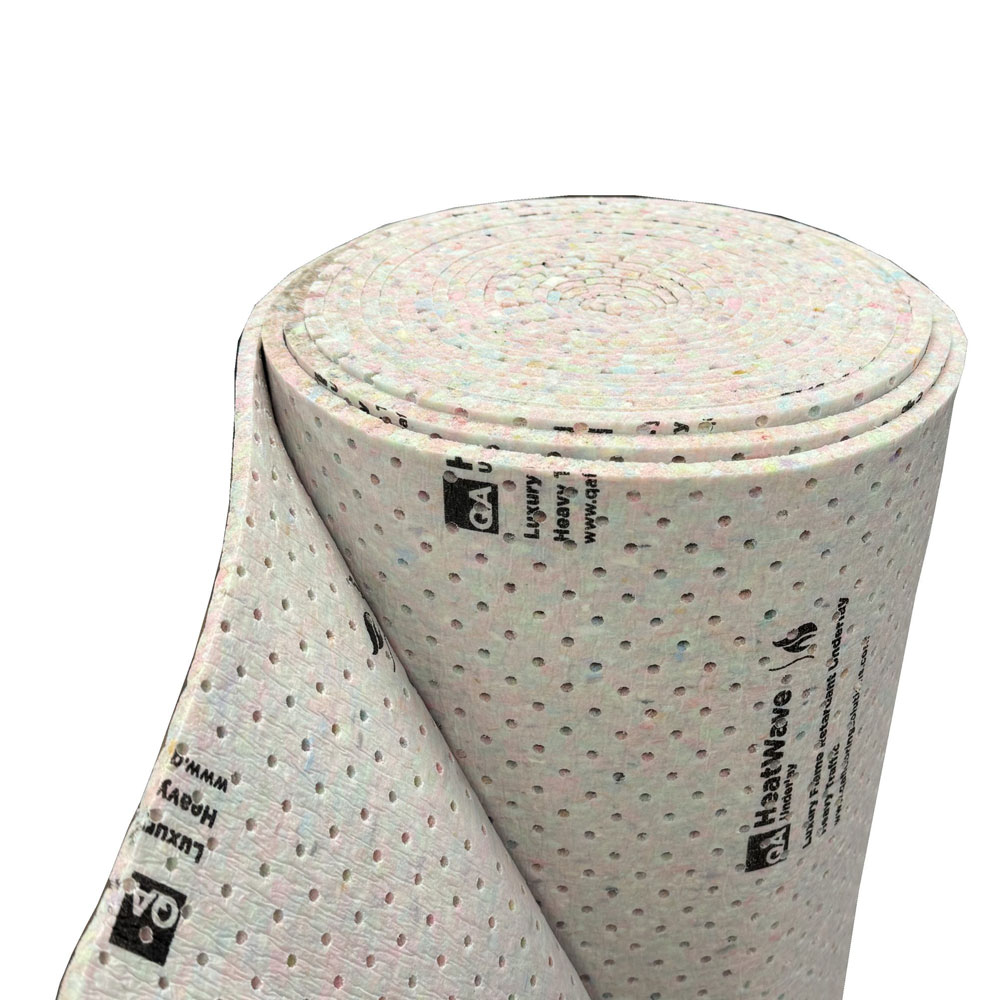
RRP: £78.99 | This carpet underlay is designed specifically for use over underfloor heating. It features holes that aid heat transfer between the UFH and the surface of your floor, as well as help with the breathability of the flooring.
FAQs
How much does underfloor heating cost to install?
There is no denying the fact that underfloor heating costs more than radiators to buy and install — but how much more?
According to Alan Houghton, you should budget between £50-£75 per m2 for an electric system, and between £100-£150 per m2 for a water-based system.
What kind of maintenance does underfloor heating require?
Just as it is important to know how to clean radiators to keep them running well, a degree of maintenance is necessary if you want your underfloor heating system to run effectively and last for many years to come.
"Regular inspections by a professional will extend the life of your system," advises Gordon Chalk. "In the case of a water-based system we'd advise annual maintenance of your boiler and thorough checks on the pipework. This will prevent any issues occurring meaning your heating will run smoothly for the foreseeable future."







